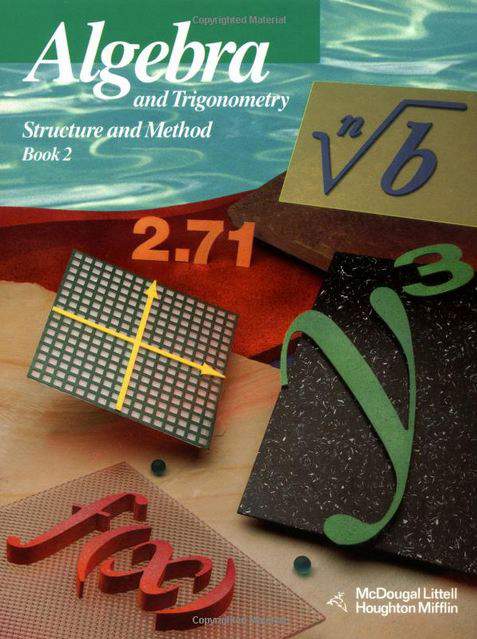Connecting...

This is a quick preview of the lesson. For full access, please Log In or Sign up.
For more information, please see full course syllabus of Algebra 2
For more information, please see full course syllabus of Algebra 2
Algebra 2 Solving Inequalities
Lecture Description
To solve inequalities, we use properties of inequality such as the addition, subtraction, multiplication and division property. The first two are quite intuitive, but you need to be careful when multiplying the last two with a negative number as it may be tricky. There are multiple ways of describing the solution set of an inequality. You can either express it as a graph, using the number line, or you can use a set builder notation to describe the solution set of an inequality. Master these ways and practice solving inequalities as you go through the examples.
Bookmark & Share
Embed
Share this knowledge with your friends!
Copy & Paste this embed code into your website’s HTML
Please ensure that your website editor is in text mode when you paste the code.(In Wordpress, the mode button is on the top right corner.)
×
Since this lesson is not free, only the preview will appear on your website.
- - Allow users to view the embedded video in full-size.
Next Lecture
Previous Lecture









































 Carleen Eaton
Carleen Eaton Grant Fraser
Grant Fraser
 Answer Engine
Answer Engine



0 answers
Post by slstudyonly on May 7, 2024
In example 4 wasnt you in need to change symbol of inequality as multiplied by -7?
1 answer
Last reply by: Manfred Berger
Tue May 28, 2013 6:39 AM
Post by Angela Belue on September 16, 2011
what about Two-Variable Inequalities?
3 answers
Last reply by: Jerry Xu
Sun Jul 29, 2018 11:28 PM
Post by Ashraf Saeed on November 14, 2010
haha 4:15